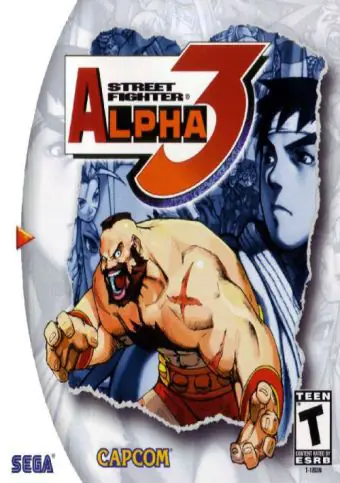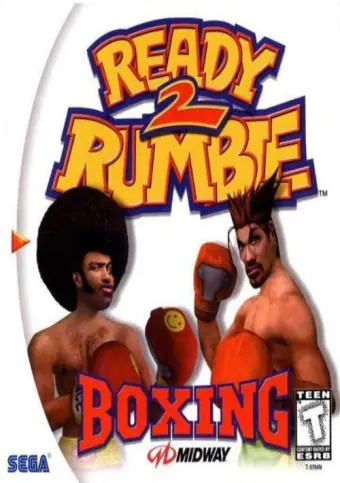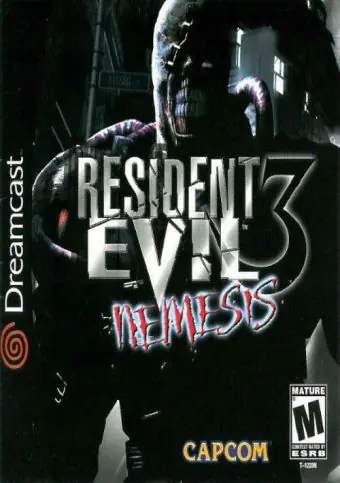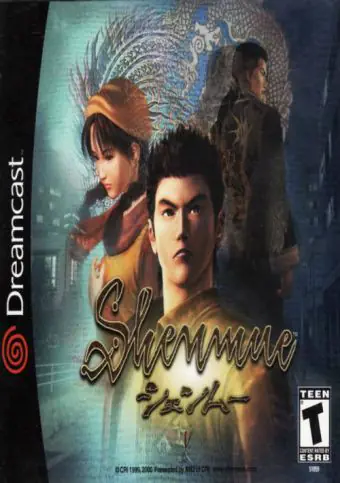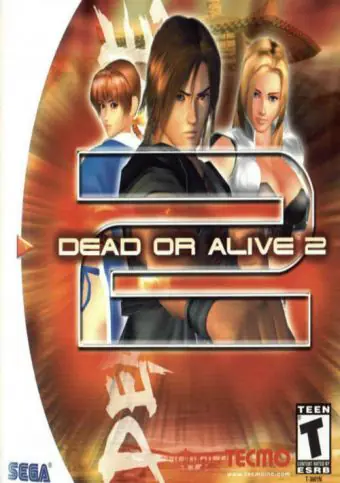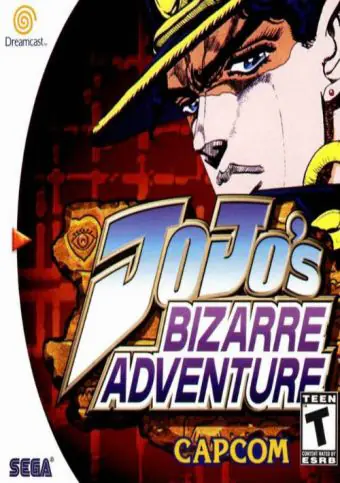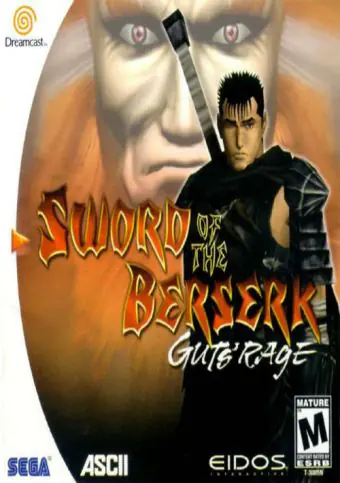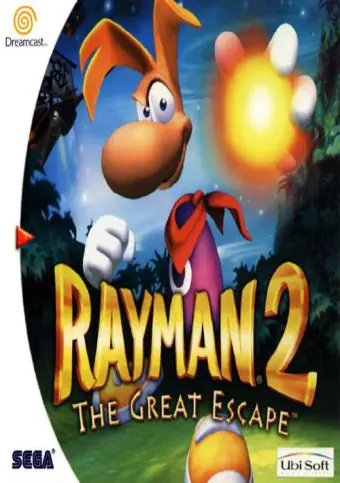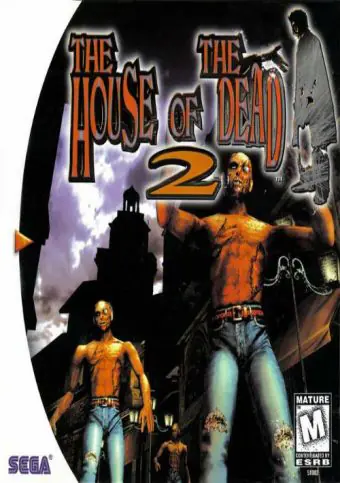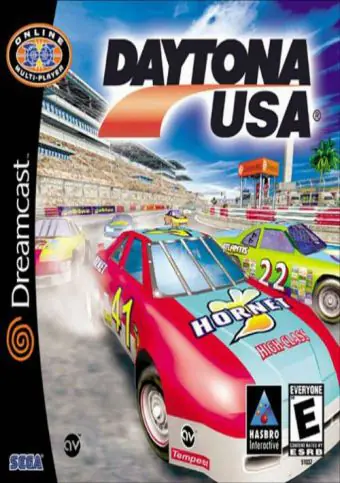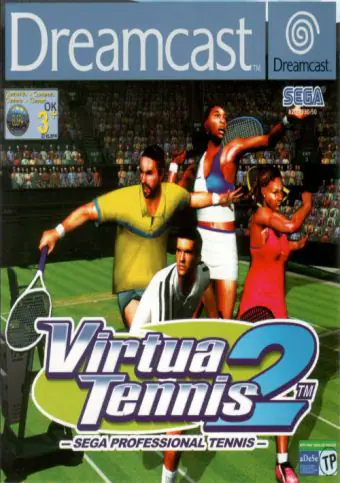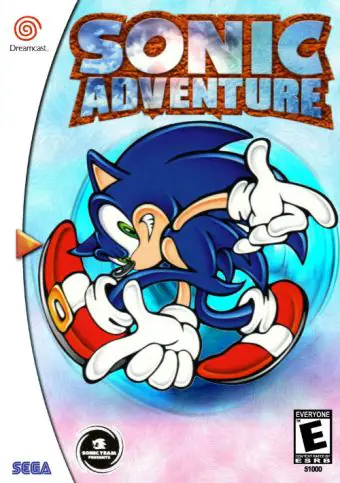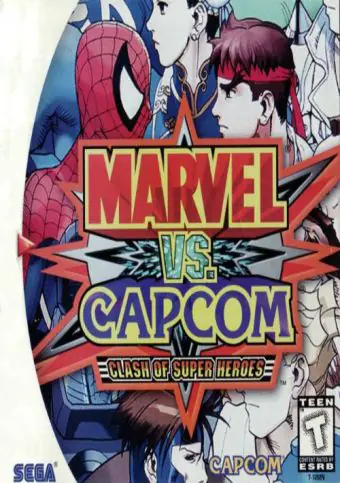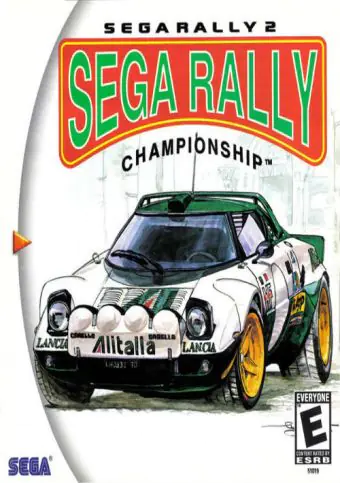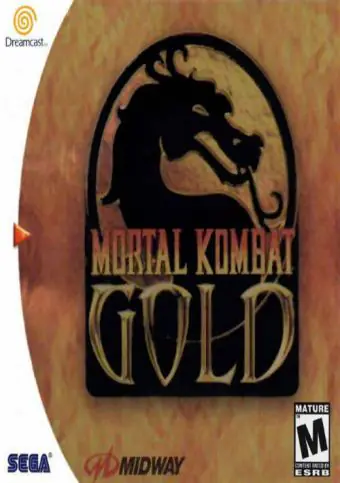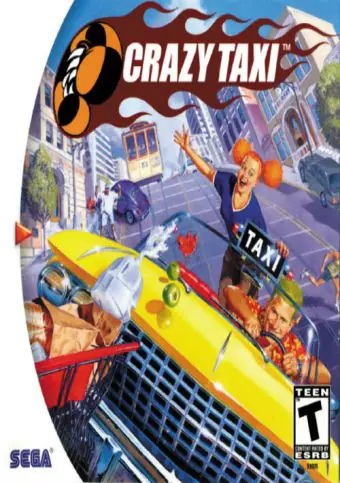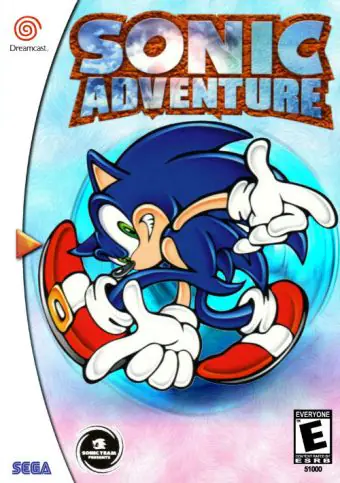Dreamcast is the fifth and last tabletop video game console produced by Sega. Belonging to the sixth generation of video game consoles, it is the direct successor to Sega Saturn and competed with Sony’s PlayStation 2. It was released on November 27, 1998 in Japan, September 9, 1999 in North America, October 14, 1999 in Europe and November 30, 1999 in Oceania. Designed with a cost-cutting policy, the hardware used a 32-bit CPU with Hitachi SH-4 processor, a 128-bit NEC PowerVR2 graphics processor and GD-ROM reader, a special optical disc format. The console had an operating system based on Microsoft’s Windows CE, and was the first on the market to have an integrated modem for Internet browsing and online gaming. The Visual Memory Unit (VMU) memory card incorporated an LCD screen and could be used as a portable mini-console in some games. The Dreamcast’s life cycle was marked by Sega’s financial crisis and the loss of market share it had experienced to PlayStation. After a discreet start in the Japanese market, the company reduced the launch price to improve results in North America and Europe. The announcement of PlayStation 2 in March 1999 led to stagnant sales and the loss of support from numerous third-party developers. After a change in management, Sega announced the cessation of Dreamcast production as of March 31, 2001 and its restructuring to become an independent developer. A total of 9.13 million consoles were sold worldwide.
Download retro gaming ROMs and relive the classics.

